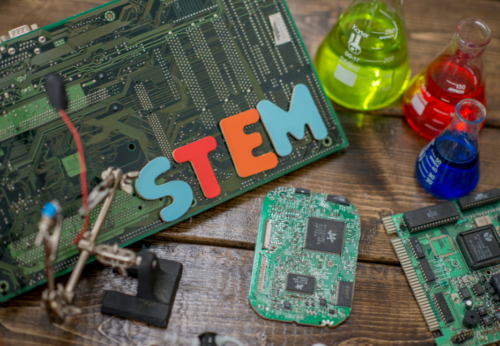
Social-emotional and STEAM (Science, Technology, Engineering, Art, and Math) learning activities can help your child develop essential skills such as empathy, problem-solving, creativity, and critical thinking. Here are some examples of fun and engaging social-emotional and STEAM learning activities for toddlers:
Building blocks are a classic STEAM activity that can help your child develop problem-solving and critical thinking skills. Encourage your toddler to build different structures and shapes with the blocks. You can also ask them questions like “How can we make this taller?” or “How can we make this stronger?” to help them think creatively and develop their engineering skills.
To incorporate social-emotional learning, have your child build a structure with a friend or family member. You can encourage them to work together, take turns, and communicate effectively to complete the project.

Sensory play is a great way to engage your child’s senses and develop their social-emotional skills. You can create a sensory bin by filling a container with rice, beans, or sand and adding small toys or objects for your toddler to explore. As they play, encourage them to describe what they are feeling, seeing, and hearing.
Add materials like magnets or water to the sensory bin to incorporate STEAM learning. To create a fizzy reaction, you can also create a science experiment by adding baking soda and vinegar to the sensory bin.
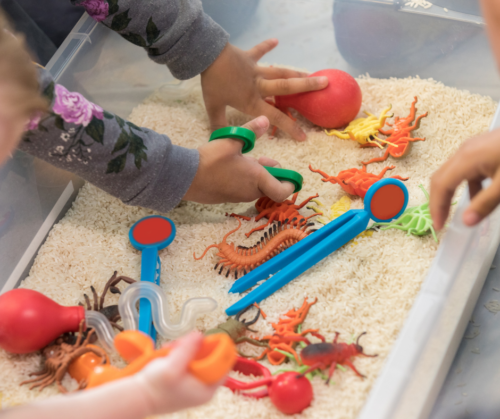
Music and movement activities can help your child develop their social-emotional and STEAM skills. Encourage your toddler to dance and move their body to different types of music. You can also introduce musical instruments like shakers, tambourines, or xylophones to help them explore different sounds and develop their creativity.
Have your child dance with a partner or group to incorporate social-emotional learning. Encourage them to take turns leading the dance and following their partner’s movements.
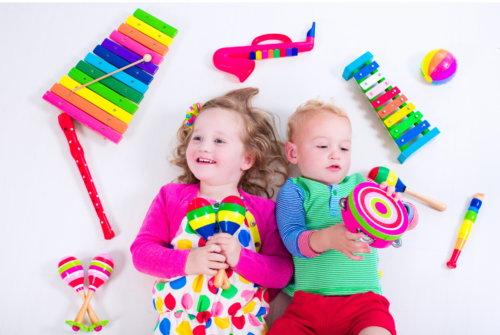
Art projects are a great way to help your child develop their creativity and fine motor skills. You can provide materials such as crayons, markers, paint, or playdough, and encourage your toddler to create different art projects. You can also introduce them to art techniques such as collage, stamping, or finger painting.
To incorporate STEAM learning, provide materials like paper clips, rubber bands, or straws to help your child explore engineering and design concepts. You can also encourage them to create art inspired by different scientific ideas, such as space or the ocean.
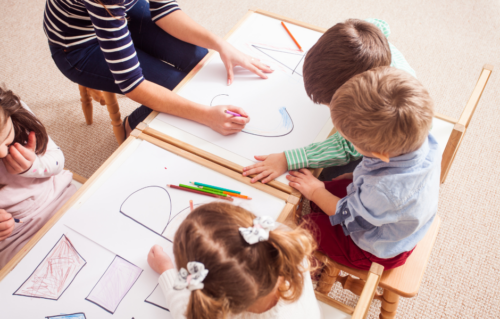
Role-playing games are a great way to help your child develop their social-emotional skills. Encourage your toddler to play roles like doctor, teacher, or chef. Provide props or costumes to help them get into character and make the game more fun.
To incorporate STEAM learning, have your child play a role-playing game that involves problem-solving or critical thinking. For example, you could have them play a game where they have to build a machine to solve a problem or a game where they have to use math skills to complete a task.
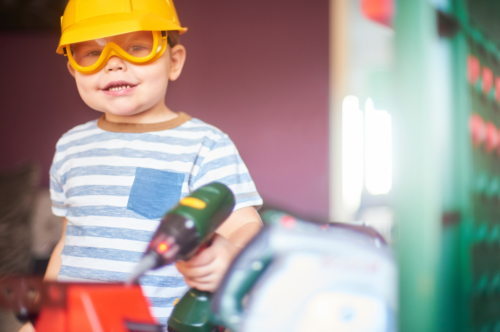
In conclusion, social-emotional and STEAM learning activities can help your toddler develop essential skills such as empathy, problem-solving, creativity, and critical thinking. Incorporating exercises like building blocks, sensory play, music and movement, art projects, and role-playing games into your daily routine can help your child learn and grow while having fun.
Click here for more parenting resources